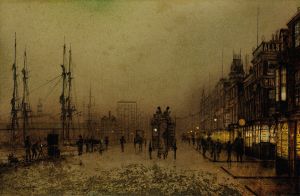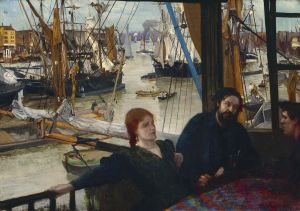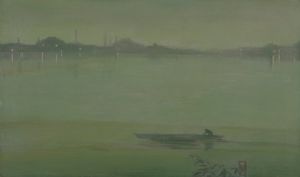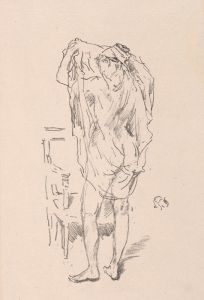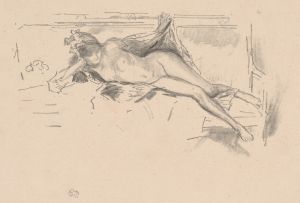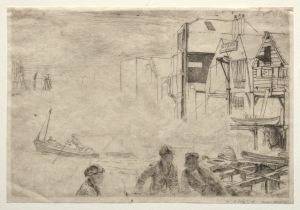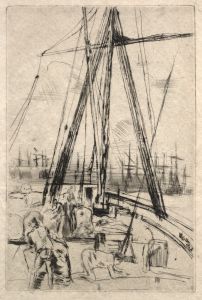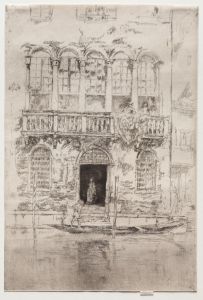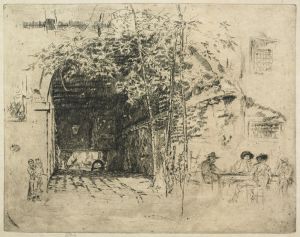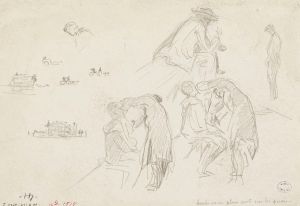
Limehouse
A hand-painted replica of James Abbott McNeill Whistler’s masterpiece Limehouse, meticulously crafted by professional artists to capture the true essence of the original. Each piece is created with museum-quality canvas and rare mineral pigments, carefully painted by experienced artists with delicate brushstrokes and rich, layered colors to perfectly recreate the texture of the original artwork. Unlike machine-printed reproductions, this hand-painted version brings the painting to life, infused with the artist’s emotions and skill in every stroke. Whether for personal collection or home decoration, it instantly elevates the artistic atmosphere of any space.
James Abbott McNeill Whistler was an American artist known for his contributions to the aesthetic movement and his influence on the art world during the late 19th century. One of his lesser-known works is "Limehouse," a painting that captures the essence of a specific locale in London. Whistler's work often focused on the interplay of color and atmosphere, and "Limehouse" is no exception.
"Limehouse" is a part of Whistler's series of works that depict scenes along the River Thames in London. This series is notable for its exploration of the urban landscape and the atmospheric effects of light and weather. Whistler was particularly interested in the way fog and smoke could transform a scene, and he often used a muted palette to convey these effects.
The painting "Limehouse" is believed to have been created during Whistler's time in London, where he was deeply influenced by the city's industrial landscape and the bustling life along the river. Limehouse, a district in East London, was known during Whistler's time for its docks and as a hub of maritime activity. It was a place where the industrial and the everyday met, providing a rich tapestry of life that Whistler found intriguing.
Whistler's approach to painting was heavily influenced by his belief in "art for art's sake," a principle that emphasized the importance of beauty and aesthetic experience over narrative content. In "Limehouse," this philosophy is evident in the way he captures the mood and atmosphere of the scene rather than focusing on specific details or storytelling. The painting is characterized by its subtle use of color and its emphasis on the harmony of the composition.
Whistler's technique in "Limehouse" likely involved the use of thin layers of paint to achieve a delicate, almost ethereal quality. This method allowed him to create a sense of depth and luminosity, drawing the viewer into the scene. His use of color was also significant, as he often employed a limited palette to enhance the atmospheric effects he sought to capture.
While "Limehouse" may not be as widely recognized as some of Whistler's other works, such as "Arrangement in Grey and Black No. 1" (commonly known as "Whistler's Mother"), it remains an important example of his exploration of urban landscapes and his mastery of atmospheric effects. The painting reflects Whistler's ability to transform a seemingly mundane scene into a work of art that invites contemplation and appreciation of the beauty found in everyday life.
In summary, "Limehouse" by James Abbott McNeill Whistler is a painting that exemplifies the artist's interest in the atmospheric qualities of urban landscapes. Through his subtle use of color and composition, Whistler captures the essence of a specific moment in time, inviting viewers to appreciate the beauty inherent in the interplay of light, color, and form.






